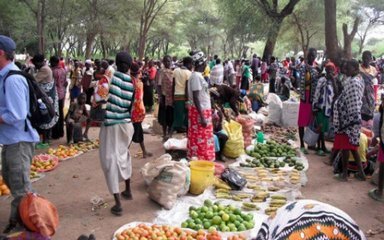Can you ace these NDDC Scholarship Mechanical Engineering Aptitude Test questions? Start honing your skills with some past questions practice and get a preview of what you can expect on test day.
We pulled these Mechanical Engineering questions from our study pack NDDC Scholarship aptitude-test past questions studypack. Each sample question includes correct answers, so you can see how to crack it!
Sample NDDC Scholarship Mechanical Engineering Aptitude Test Past Questions and answers
1. A piston/cylinder with a cross-sectional area of 0.01 m^2 is resting on the stops. With an outside pressure of 100 kPa, what should be the water pressure to lift the piston?
A. 178kPa
B. 188kPa
C. 198kPa
D. 208kPa
2. Equation of continuity comes from
A. Conservation of energy
B. Conservation of mass
C. Conservation of work
D. Conservation of heat
3. In a flow process, the work transfer may be of which type?
A. External work
B. Flow work
C. all of the mentioned
D. None of the mentioned
4. The total rate of flow of all energy streams entering the control volume must equal to that of leaving the control volume.
A. true
B. false
5. Find the rate of conduction heat transfer through a 1.5 cm thick board (k = 0.16 W/m K), with a temperature difference of 20°C between the two sides.
A. 113 W/m2
B. 413 W/m2
C. 313 W/m2
D. 213 W/m2
6. From the concept of kinetic theory, mean travel velocity of the gas molecules is prescribed by the relation
A. V = (3M/GT) 1/2
B. V = (3GT/M) 1/2
C. V = (6T/GM) 1/2
D. V = (3GT/2M) 1/2
Where,
G = Universal gas constant
M = Molecular weight of the gas
T = Absolute temperature
7. With variable thermal conductivity, Fourier law of heat conduction through a plane wall can be expressed as
A. Q = -k0 (1 + β t) A d t/d x
B. Q = k0 (1 + β t) A d t/d x
C. Q = – (1 + β t) A d t/d x
D. Q = (1 + β t) A d t/d x
8. The specific heat of a substance at constant volume is defined as the rate of change of ___ with respect to ___
A. specific internal energy, temperature
B. work, pressure
C. specific internal energy, pressure
D. heat, temperature
9. Heat transferred at constant _____ increases the _____ of a system.
A. pressure, increases
B. volume, increases
C. both of the mentioned
D. none of the mentioned
10. Pattern cannot be constructed out of which of the following materials?
A. Wood
B. Wax
C. Oil
D. Metal





